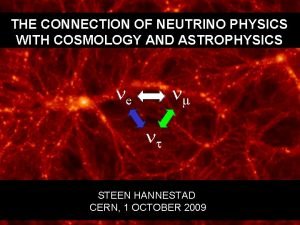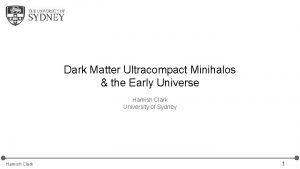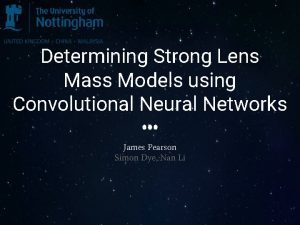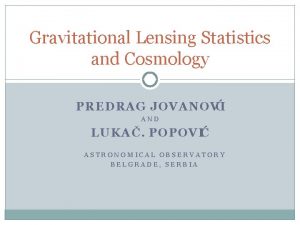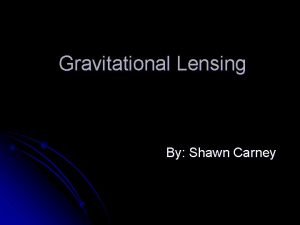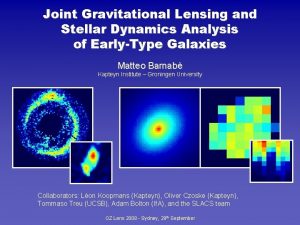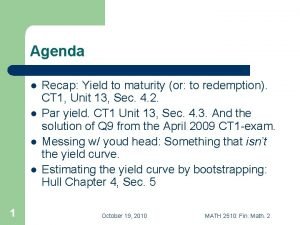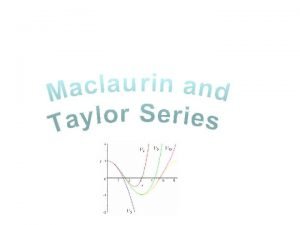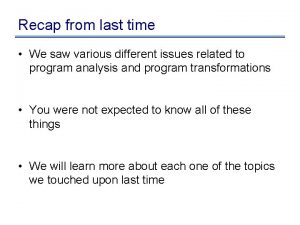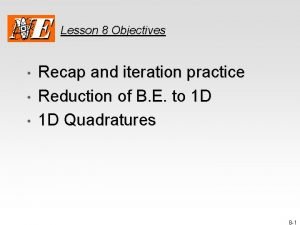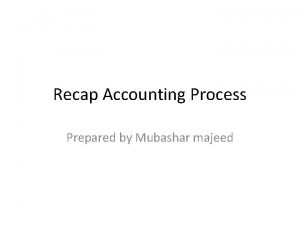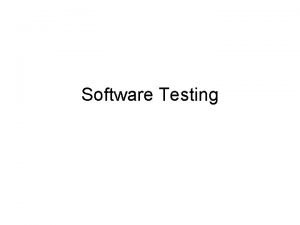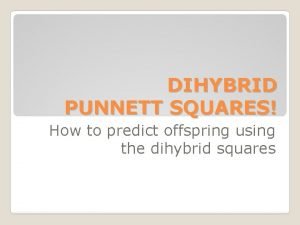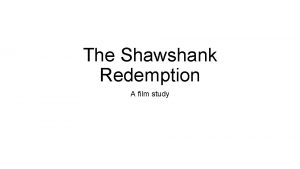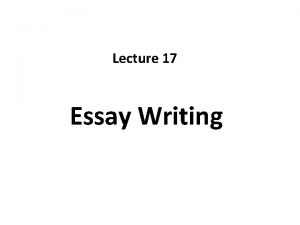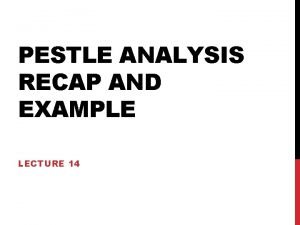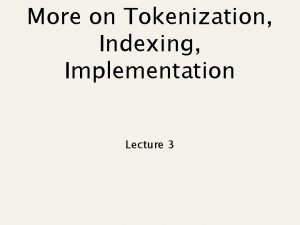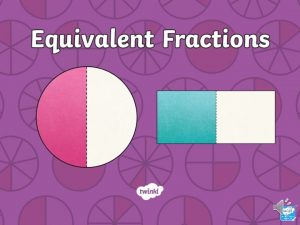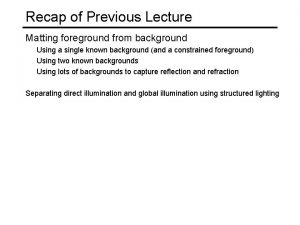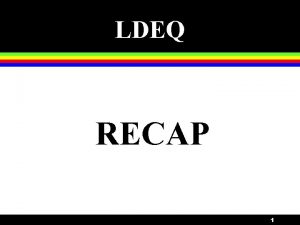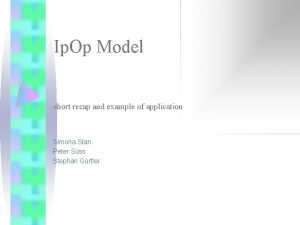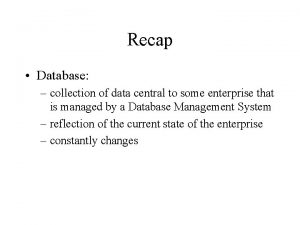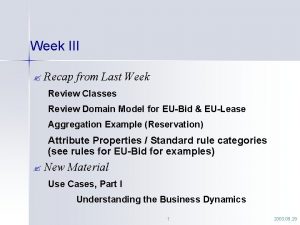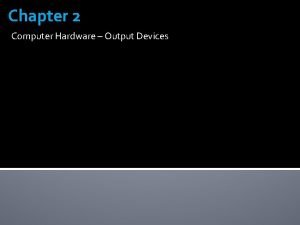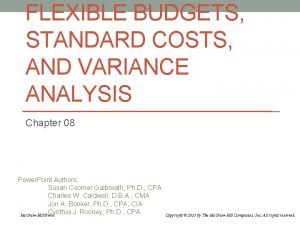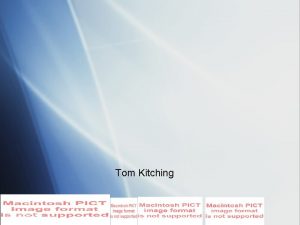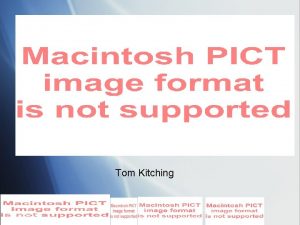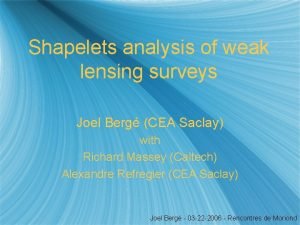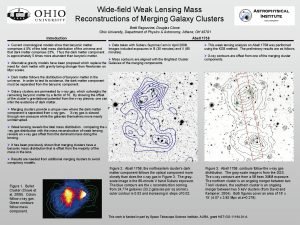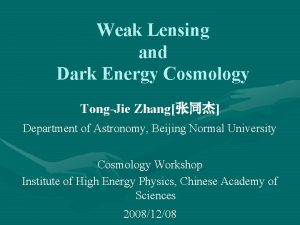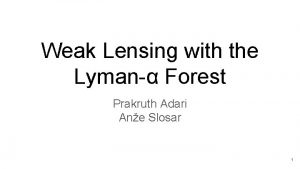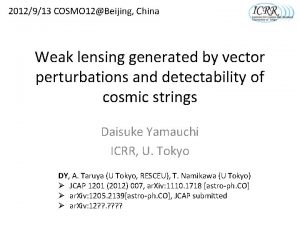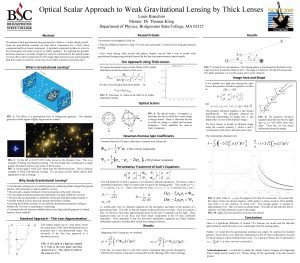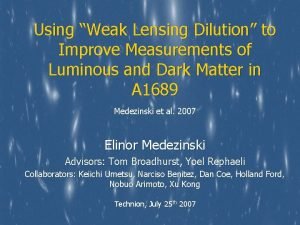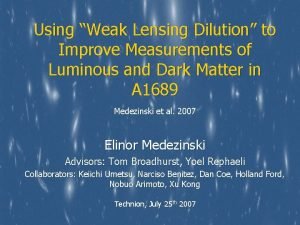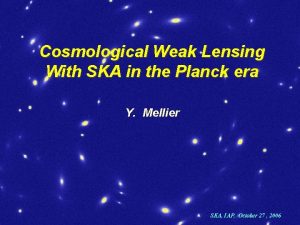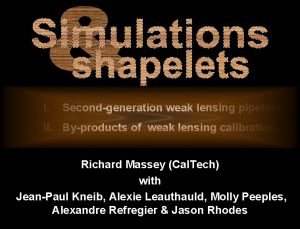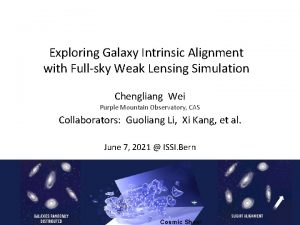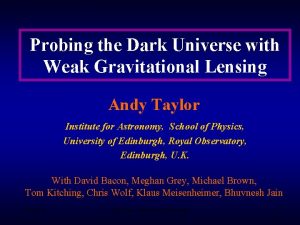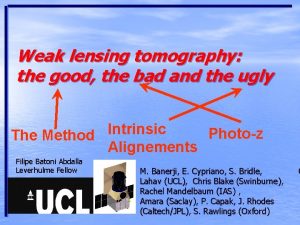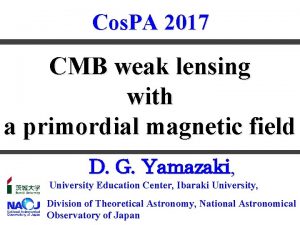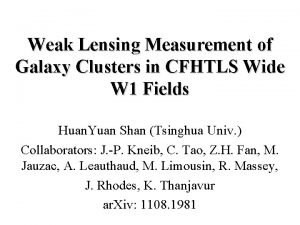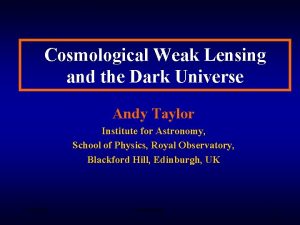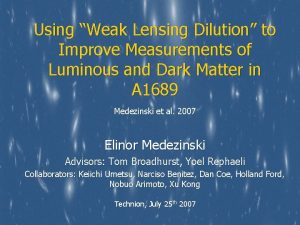Weak Lensing 2 Tom Kitching Recap Lensing useful

















































- Slides: 49

Weak Lensing 2 Tom Kitching

Recap • Lensing useful for • Dark energy • Dark Matter • Lots of surveys covering 100’s or 1000’s of square degrees coming online now

Recap • Lensing equation • Local conformal mapping • General Relativity relates this to the gravitational potential • Distortion matrix implies that distortion is elliptical : shear and convergence • Simple formalise that relates the shear and convergence (observable) to the underlying gravitational potential

Part III : Measuring Lensing • Measuring Moments • Model Fitting • PSF modelling


Typical galaxy used for cosmic shear analysis Typical star Used for finding Convolution kernel

Cosmic Lensing gi~0. 2 Real data: gi~0. 03 7/19

Atmosphere and Telescope Convolution with kernel Real data: Kernel size ~ Galaxy size 8/19

Pixelisation Sum light in each square Real data: Pixel size ~ Kernel size /2 9/19

Noise Mostly Poisson. Some Gaussian and bad pixels. Uncertainty on total light ~ 5 per cent 10/19

Need to measure shear to 10 -3

Intrinsic Ellipticity • Have introduced here the notion that the sources themselves are already elliptical g 1 g 2

Quadrupole Moments • Most common implementation called KSB • Unwieghted quadrupole moments • Sum over all pixels and find the 2 nd moments

Moments • In the same way as the derivation of the shear have a traceless part of the matrix • Define a source ellipticity such that

Moments • Want the lensed ellipticity • Rotation of the unlensed quadrupoles (exercise to show this)

• Schneider & Seitz (1995) • Allows the observed ellipticity to be related to the unlensed ellipticity and shear • Reduced shear g= /(1 - )

• Also Bonnet & Mellier (1995) • Different normalisation of the moments

Moments • The weak lensing limit • g<<1

The Weak Lensing Assumption • When we average over (enough) galaxies in the universe the intrinsic ellipticity is randomly orientated such that

Moments • Taking into account the PSF • Additional Quadrupole • For practical implementation (KSB, 95)


Model Fitting • Idea of model fitting • Instead of measuring a quantity from the data we can fit a model to the data • The model can contain elements that • Model the galaxy (intrinsic shape) • Model the PSF • The model can be convolved with the PSF • Bayesian • Prior elliticity distribution

Model Fitting • Minimum set of parameters we need are • e 1, e 2, position (x, y), brightness, size e 2 e 1 |e|=1

Model Fitting • Bayesian Model Fitting • Prior in this case is the probability distribution of the intrinsic ellipticity distribution • Can iteratively extract this from the data by summation of the posteriors

Model Fitting • How to estimate ellipticity and shear using model fitting • We know (from quadrupoles) that in the weak lensing limit • For probability (model fitting) this is the expectation value

Model Fitting • Need prior to correctly weight ellipticity • However the ellipticity prior can bias individual shear values if they are low signal-to-noise • But a Bayesian method can exactly account for this • Other terms <<1 • Define shear sensitivity

Model Fitting • Accounting for this effect (noise bias) • Can add extra weight if needed

Model Fitting • Lensfit • Miller et al. (07) • Kitching et al. (08) • Bayesian Model fitting • Uses emperical models (bulge+disk) • Analytically marginalises over brightness and galaxy position • Best performing shape measurement method to date (used on PS 1, CFHTLen. S)

Model Fitting • Shapelets • Complex model based on a QM formalism • Similar to raising lowering operators (see L 1) • Noisy on real data • Not regularised

PSF Modelling • For model fitting methods need to model the PSF as well

PSF Modelling • Two main ways of PSF modelling • 1) Direct : Model the PSF in each exposure using a fitted model to either pixel intensity, ellipticity, size of stars • 2) Indirect : Use multiple exposures to extract the model from the data -- a PCA-like approach • Also deconvolution : remove the PSF from the data by deconvolving the data

Part IV : Lensing Simulations • Shear Testing Programme • GRavitational l. Ensing Accuracy Testing

• Lots of shape measurement codes and approaches • • • KSB Lensfit Shapelets DIEMOS Seclets Sersiclets HOLICS Sextractor … • We don’t know the true shear (no “spectra”) • So need simulations

STEP : Shear Testing Programme • • •

Heymans et al. , 2006; Massey et al. , 2007 & Kitching et al. , 2008 KSB




Quality Factor Kitching et al. , 2008 (form filling functions); Amara & Refregier (2007)

7 non-lensing participants Q~1000 in some regimes

GREAT 08 : Stacking Procedure is Important Average Data Individual Object Statistic Ensemble Statistic Average Estimators Winning Methods (Q=1000) Stacked the Data

STEP 2006 2008 2010


Massey et al. 2008 Fu et al. 2008


http: //www. great 10 challenge. info


Recap • Observed galaxies have instrinsic ellipticity and shear • Reviewed shape measurement methods • Moments - KSB • Model fitting - lensfit • Still an unsolved problem for largest most ambitous surveys • Simulations • STEP 1, 2 • GREAT 08 • Currently LIVE(!) GREAT 10

Next Lecture Cosmic Shear : the Statistics of Weak Lensing
 Weak lensing
Weak lensing Lensing
Lensing Gravitational lens
Gravitational lens Einstein cross
Einstein cross Lensing
Lensing Lensing
Lensing Difference between strong and weak acid
Difference between strong and weak acid Weak acid and weak base reaction
Weak acid and weak base reaction Strong acids
Strong acids What does tom symbolize in the devil and tom walker
What does tom symbolize in the devil and tom walker Tomtom go 910 update
Tomtom go 910 update Non cognitivism
Non cognitivism Segmented pricing
Segmented pricing Romeo and juliet act 1 summary
Romeo and juliet act 1 summary Ytm recap
Ytm recap Bracket power rule
Bracket power rule Let's recap
Let's recap Recap poster
Recap poster Horizontal axis is called
Horizontal axis is called The crucible act 1 socratic seminar questions
The crucible act 1 socratic seminar questions Recap intensity clipping
Recap intensity clipping Saw recap
Saw recap What is the purpose of an iteration recap?
What is the purpose of an iteration recap? Recap accounting
Recap accounting Black box recap
Black box recap Sample script for recapitulation
Sample script for recapitulation Foil method genetics
Foil method genetics Shawshank redemption summary
Shawshank redemption summary What is an essay
What is an essay Pontius pilate the crucible
Pontius pilate the crucible 60 minutes recap
60 minutes recap Briefly recap
Briefly recap What is economic environment example
What is economic environment example Recap indexing scans
Recap indexing scans Fractions recap
Fractions recap Recap introduction
Recap introduction Recap background
Recap background What happened in the great gatsby chapter 8
What happened in the great gatsby chapter 8 Ldeq recap
Ldeq recap Logbook recap example
Logbook recap example Recap database
Recap database Let's recap
Let's recap Just a quick recap of what we discussed
Just a quick recap of what we discussed Recap
Recap Recap from last week
Recap from last week An informal email to a friend
An informal email to a friend Useful phrases presentation
Useful phrases presentation Work in pairs.describe the pictures
Work in pairs.describe the pictures Output is data that has been processed into a useful form.
Output is data that has been processed into a useful form. Flexible budgets are useful for
Flexible budgets are useful for
